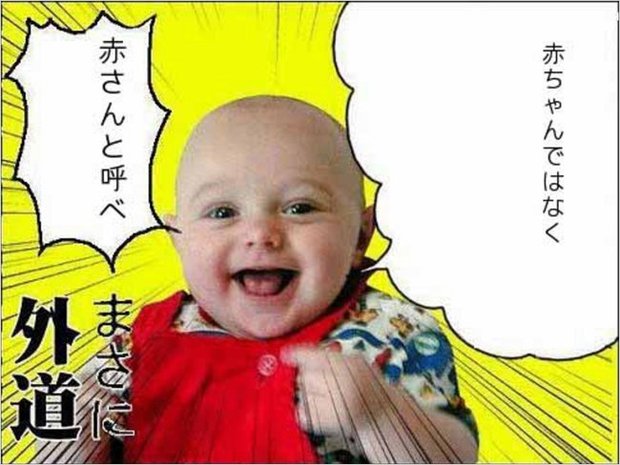
That's MR. BABY to YOU!
Hey there, fans! This week, an interesting piece of news came up this week about a parent’s discovery of a meme centered around his 5-month-old son. Allen S. Rout had pictures of his child on a website he made back in 2000, and, according to a report made by Japanator, many years later, he found out that his son became a popular meme in Japan’s Internet circles:
His son, Stephen, was now surrounded by a cartoony background (seen above) and had speech bubbles saying the Japanese words for “Don’t call me baby! Call me Mr. Baby!” It seems that around 2004, image board and 4chan-precursor 2chan.net got a hold of the picture and had their way with “Aka-san” (Mr. Baby). The New York Times tracked the spread of the meme (also known as “happy baby”), finding Aka-san’s head on Mt. Rushmore, pasted on Kurt Cobain’s body, and even used to cover up naughty bits in porno.
The article in The New York Times that also covered the story goes into detail explaining to its readers the intricacies and mutations that turn a harmless picture of a bubbling, baby boy into an Internet meme:
Often, memes revolve around an inside joke — say, a screen capture from an obscure video game — but just as often they make jokes of the source material. Memes may be image-based, involving a kind of visual pun. Think of LOLcats, the ubiquitous photos of adorable kittens with captions like, “I can has cheezburger?” Or they can be videos, like parodies of the Old Spice ads starring Isaiah Mustafa. Memes may bear little resemblance to the original material, such as when a local news segment in Alabama about an attempted rape (“He’s climbin’ in your windows, he’s snatchin’ your people up,” ranted the victim’s brother, Antoine Dodson) mutated into the song, “Bed Intruder,” by Auto-Tune the News, which made the Billboard charts.
With all this hubbub about memes, specifically Japanese memes, I finally have enough incentive and totally legitimate reason to blather on about some of the more interesting Internet memes out there, all of which are related to Japan, of course. So, without further ado (insert Julie Andrews impression here), here are a few of my favorite memes!
A word to the wise: the majority of these memes have very, VERY catchy songs attached to them, so good luck coping with the earworms!
It’s Over 9000!
Ever since Dragonball, and its successor Dragonball Z, set the standard for the most number of heavily muscled men shouting at each other while blasting energy toward each other, this meme has become as colloquial on the Internet as a handshake is in the real world. Admittedly, this meme only got more intense when someone actually made a scouter.
The Konami Code
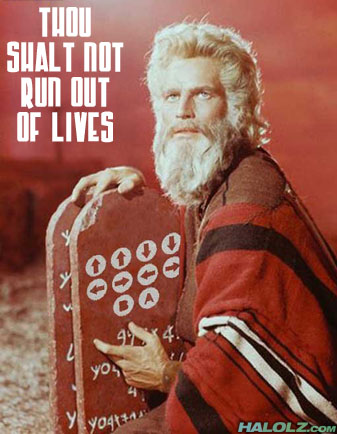
The true origins of the code, REVEALED!
Up, up, down, down, left, right, left, right, B, A, and Start: a code combination as synonymous with the gaming culture as the sign of the cross is with Catholicism, and, considering its origins as a life-saving tactics in the original game it was featured in, probably just as important. Websites have been getting into incorporating the code in their site, so much so that there’s a site specifically for archiving said websites.
Konbini/ Convenience Store
A short, upbeat and rather silly song about a girl’s twilight adventure in a convenience store in Japan, and the little bit of mischief she plays on the part-timers in the store itself. I chose this one because (a) the song is catchier than the flu, and (b) it’s a meme that’s particular to Japan, as the peculiarities of the 24-hour stores there are well highlighted in the song and video. The source material mutated into several iterations of the song with anime characters in the video playing the parts of the characters in the song, to humorous effect.
Yatta!
A parody boyband group called Happa-tai (“Leaf Squad”) came out with a pop hit that made waves in Japan. Sounds normal right? Well, the video proves otherwise, as one can see that their act is rather, shall we say, risqué (sorta). Anyway, the song, as catchy as it is, spawned several iterations on the Internet, along with parodies using characters from anime. So, the philosophical question to ask is: what does one call a parody of a parody?
Caramelldansen
OH MY GOD, this song. THIS SONG will never leave your head, EVER. Known and performed by almost every otaku on both sides of the International Date Line. Here’s the “official,” and slightly convuluted story from knowyourmeme.com:
Caramelldansen (‘The Caramel Dance’) was a song released by the Swedish popgroup Caramell in 2001 from their album Supergott. Happy Hardcore DJ Speedycake sped it up, creating the Caramelldansen Speedycake remix. Some bright spark looped a GIF of two characters from the game/anime Popotan doing a bunny dance to the chorus, and its popularity exploded
Caramelldansen quickly spread out of control across the internet as people made over 16,000 of their own parodies featuring other fictional characters performing the dance, and other variations. It was quickly adopted by the anime community and often featured at conventions- seriously, play it at a con and watch as every cosplayer in earshot starts dancing.
Think of a series, and there’s already a Caramelldansen parody. Seriously. This song was so popular back then that apparently in “2008 the Remixed Records Caramelldansen reached #1 on the Japanese International Chart, beating Bon Jovi.” BON JOVI. I rest my case.
Anime MADs
Here’s the basic formula for an Anime Opening Parody MAD, also known as an AMV (animated music video): take the anime’s opening (or closing) theme, replace the characters with other characters from another series, and watch while the view counter on the YouTube page continues to rise. A well done Anime Opening Parody MAD usually has a number of in-jokes within the video, and fits both the new characters in the video and the “theme” of the thing. The example I used is one I considered well done, as both series fit together well (as most series made by the same creator usually are), and the characters do too!
Found (or made!) a meme that I missed? Bother us in the comments below!


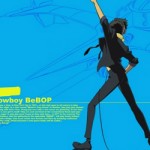

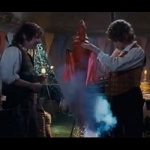
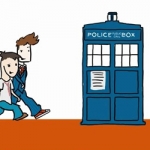
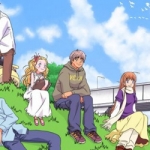
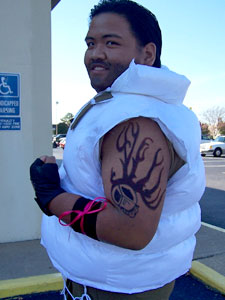 After finding out that the school's library was a welcome respite from the heat of the tropical island he inhabited, Paolo Jasa found out that books were a whole lot better than being a constant target during P.E. class; so much so that he developed a love for them that would last him a life time. His first forays in Science Fiction were in the novels of the esteemed I. Asimov, R. Bradbury, and D. Adams, while his adventures in Fantasy took him to the realms of Discworld, Hogwarts, and a Chicago that houses the only Wizard-For-Hire found in the local Yellow Pages, Harry Dresden.
After finding out that the school's library was a welcome respite from the heat of the tropical island he inhabited, Paolo Jasa found out that books were a whole lot better than being a constant target during P.E. class; so much so that he developed a love for them that would last him a life time. His first forays in Science Fiction were in the novels of the esteemed I. Asimov, R. Bradbury, and D. Adams, while his adventures in Fantasy took him to the realms of Discworld, Hogwarts, and a Chicago that houses the only Wizard-For-Hire found in the local Yellow Pages, Harry Dresden.